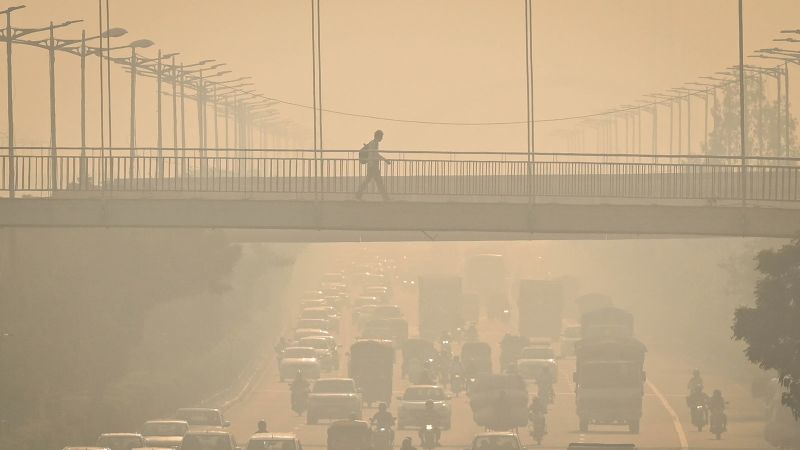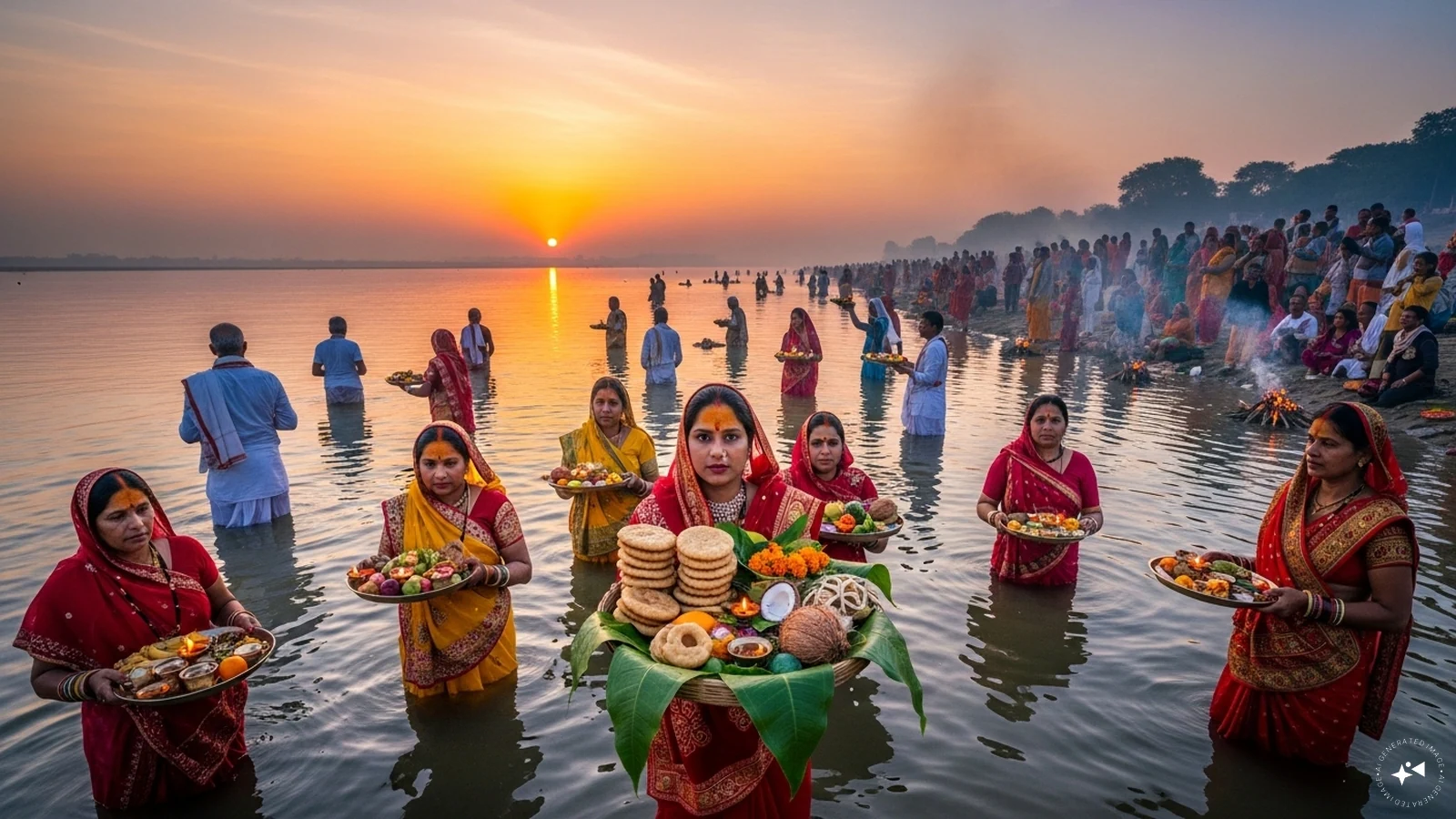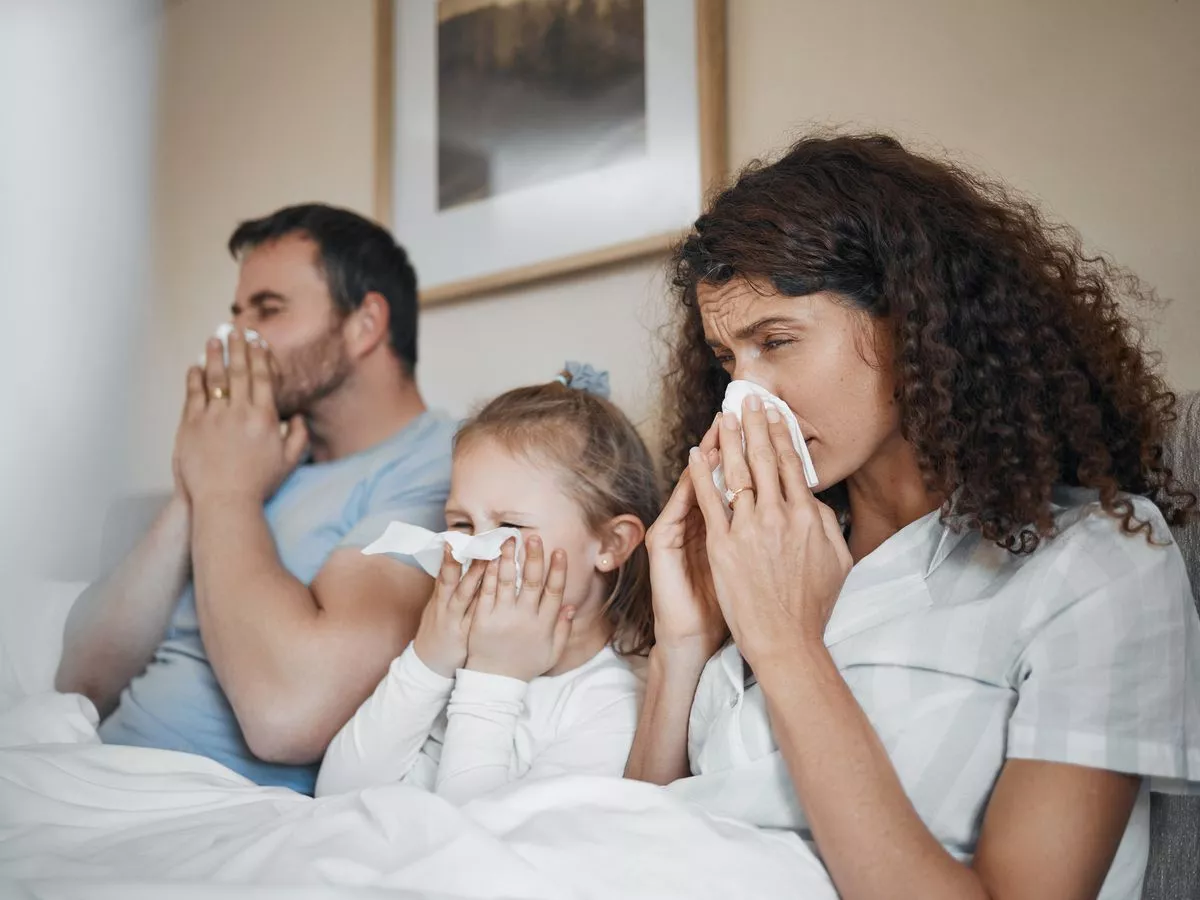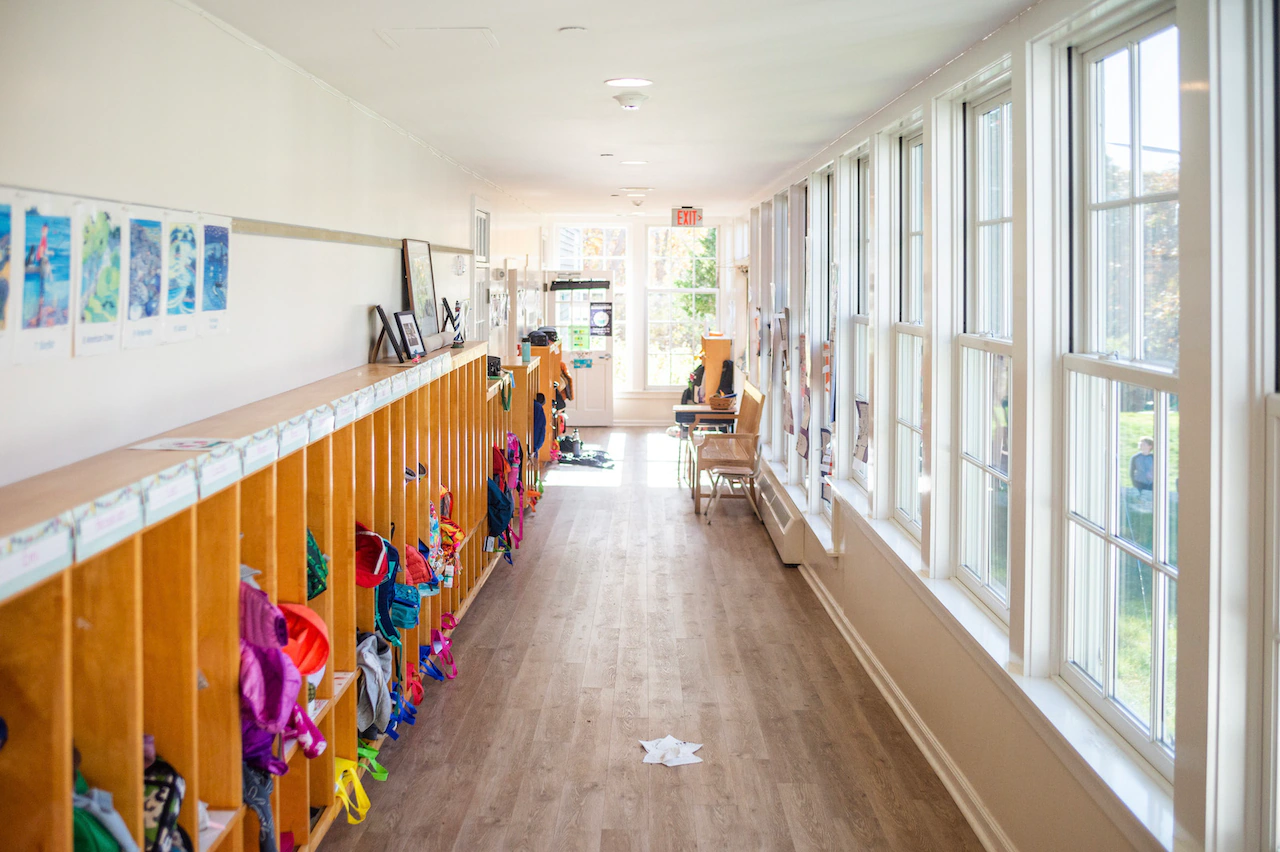Copyright Cable News Network

Around 20 million people in India’s capital woke up on Wednesday breathing the most polluted air of any major city in the world, a day after celebrations for the Diwali festival, during which revelers typically set off fireworks and firecrackers. As of Wednesday, New Delhi’s PM 2.5 concentration – a measure of pollutants in the air – was more than 40 times the World Health Organization’s annualized guideline level, according to Swiss air quality monitoring company IQAir. New Delhi grapples with severe year-round pollution, but the winter months are typically worst, when millions of farmers in surrounding regions burn stubble in their fields to clear the way for the next crop. The sharp deterioration in air quality this week comes following celebrations for Diwali, the Hindu festival of lights, which traditionally involves the widespread use of firecrackers which release sulfur oxides and nitrogen oxides into the air, as well as harmful heavy metals. In 2020, authorities enacted a complete ban on making, selling or using firecrackers in New Delhi, citing hazardous pollution levels. This year, the Supreme Court permitted the use of so-called “green” firecrackers – which manufacturers claim are less polluting – but only within a certain time window. However, residents reported that this curfew was poorly enforced, with people bursting firecrackers long after the deadline, and that “non-green” firecrackers still appeared to be available. “Year on year, it goes from bad to worse,” said resident Anushka Singh. The 30-year-old graphic designer said she usually stays at home at Diwali with her dog, to “help him through the incessant noise that doesn’t stop until late at night or early morning.” She described how her throat becomes scratchy, and her eyes begin to burn as she steps out of her home the day after Diwali. “Living in Delhi is a pain… I just wish that given the decades of data we would at least have stricter rules, ones that are actually implemented,” Singh said. Chandra Tandon, 52, who owns a corner store in the capital, said bursting crackers are “part of the fun and happens once a year,” but agreed that it becomes “difficult” for people who must endure the aftermath. “I was breathing in those fumes throughout and it’s definitely not good,” he said. “It would be good if we left the crackers burning to the kids… If you’ve lived in Delhi long enough, you know how bad it gets every year with the pollution. So, adults at least should do their part.” A long-term crisis Despite the city being the political heart of the country, officials have had little success in cleaning up Delhi’s toxic air. Previous attempts to curb pollution have included sprinkling water on the roads, restricting traffic by requiring vehicles with odd or even license plates to travel on alternating days, and constructing in 2018 two smog towers worth 200 million rupees ($2.4 million), intended to act as giant air purifiers. But a lack of strict enforcement and coordination means progress has been slow, experts suggest. India is also desperate to fuel its booming economy and meet the energy needs of its 1.4 billion people. On Wednesday, three Indian cities, including New Delhi, were ranked among the world’s most polluted, according to air quality tracker IQAir. Kolkata in the east was in fourth place, while Mumbai in the west ranked number 10.



